Taleia Brisat 2018
Descripción
La pureza es la seña de identidad de este singular blanco. Vinificado como un tinto, en contacto con las pieles de sus uvas de Sauvignon blanc y Semillón, fue sometido a una fermentación, parte en viejos lagares de piedra, parte en inoxidable, que culminó en una crianza de un año en barricas de roble francés. Complejo, de final seco y largo y producción limitada, cuenta su creador, Raül Bobet, que la elaboración de este vino natural sin sulfitos ha sido para él "un sinónimo de conocimiento, para evitar demasiada oxidación y notas de reducción”.
Ficha técnica
Cata
Viñedo y elaboración
Opinión de los críticos
Brisat is the Catalan word for "skin contact," a style that was traditionally used in many of the wine regions there. The white 2018 Taleia Brisat is therefore a skin-contact Sauvignon Blanc (in 2018 Semillon was used in other wines) that fermented with the skins as if it was a red and without adding any sulfites. It has a contained 11.86% alcohol and very high acidity and low pH that should make it age nicely. The vines were planted at high density in 2003 on limestone-rich soils. All of the wines are fermented with indigenous yeasts, this one in the 12th century stone lagars, and the punching down of the grapes (without stems) with the skins was ultra light to avoid extracting bitter notes. It then matured in French oak barrels for 10 months. So, the skin effect on the nose and even the color is quite light. Amazingly enough, there are no added sulfites here, and the wine is clean and precise, with no deviations whatsoever. This is very tasty and has very fine tannins and a subtle minerality that is a chalky texture. 4,500 bottles were filled in July 2019.
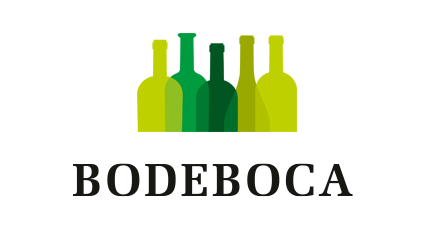
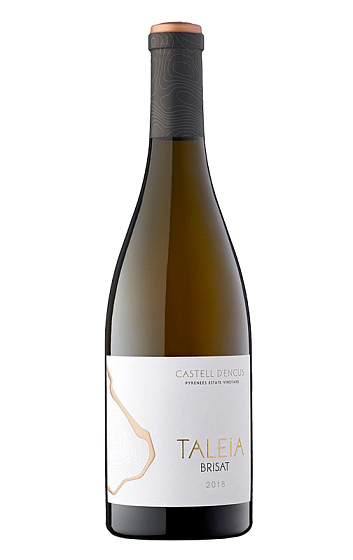

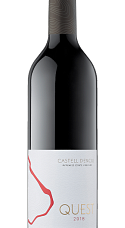

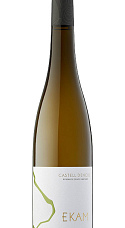
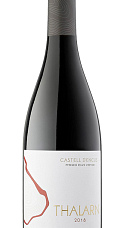


Añadas: 2018 2017
Curioso , poco aroma pero buena intensidad en boca. Justa acidez y buen acompañante de cena ligera .
Amarillo con tintes anaranjados. Complejo en nariz con matices oxidativos muy tenues. Bastante largo. Diferente.
Complejo en nariz, en boca fresco, excelente acidez, notas cítricas, mineral, muy largo y persistente. Magnífico. Guarda 4/5 años